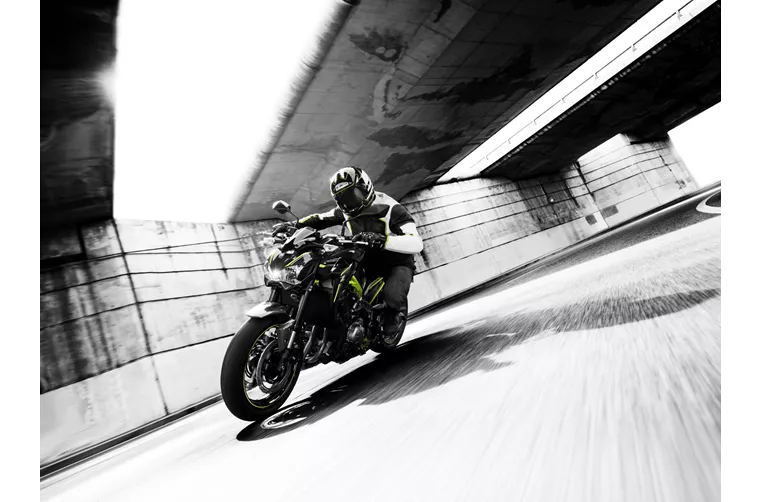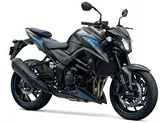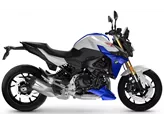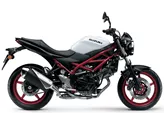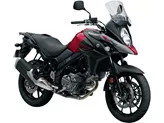Suzuki SV 650 2016 vs. Kawasaki Z900 2018

Suzuki SV 650 2016

Kawasaki Z900 2018
Overview - Suzuki SV 650 2016 vs Kawasaki Z900 2018
The Suzuki SV 650 2016 and the Kawasaki Z900 2018 are both naked bikes that offer powerful engines and sporty handling. However, there are some key differences between the two models.
In terms of the engine and drivetrain, the Suzuki SV 650 2016 features a V-twin engine with a power output of 76 HP and a torque of 64 Nm. It has a fuel injection system and a displacement of 645 cc. On the other hand, the Kawasaki Z900 2018 is equipped with an inline-four engine that produces 125.4 HP and 98.6 Nm of torque. It also has a fuel injection system and a larger displacement of 948 cc. Both bikes have liquid cooling systems, ensuring optimal engine performance.
When it comes to suspension, both bikes have a telescopic front fork and a rear swingarm with a monoshock. However, the Kawasaki Z900 2018 has an aluminum swingarm, which is lighter and offers better handling compared to the steel swingarm of the Suzuki SV 650 2016.

Suzuki SV 650 2016
In terms of the chassis, both bikes have a steel frame, but the Kawasaki Z900 2018 features a twin-spar frame, which provides better stability and rigidity compared to the tubular frame of the Suzuki SV 650 2016.
Both bikes are equipped with dual disc brakes at the front, but the Kawasaki Z900 2018 has larger 300 mm discs and four-piston calipers, offering better stopping power compared to the 290 mm discs and dual-piston calipers of the Suzuki SV 650 2016. Both bikes also come with ABS as standard, providing added safety and control.
In terms of dimensions and weight, the Suzuki SV 650 2016 has a narrower front tire (120 mm) compared to the Kawasaki Z900 2018 (180 mm). The Suzuki has a slightly shorter wheelbase (1445 mm) compared to the Kawasaki (1450 mm). The seat height of the Suzuki is 785 mm, while the Kawasaki has a slightly higher seat height of 795 mm. The Suzuki SV 650 2016 weighs 197 kg (with ABS), while the Kawasaki Z900 2018 weighs 210 kg (with ABS).
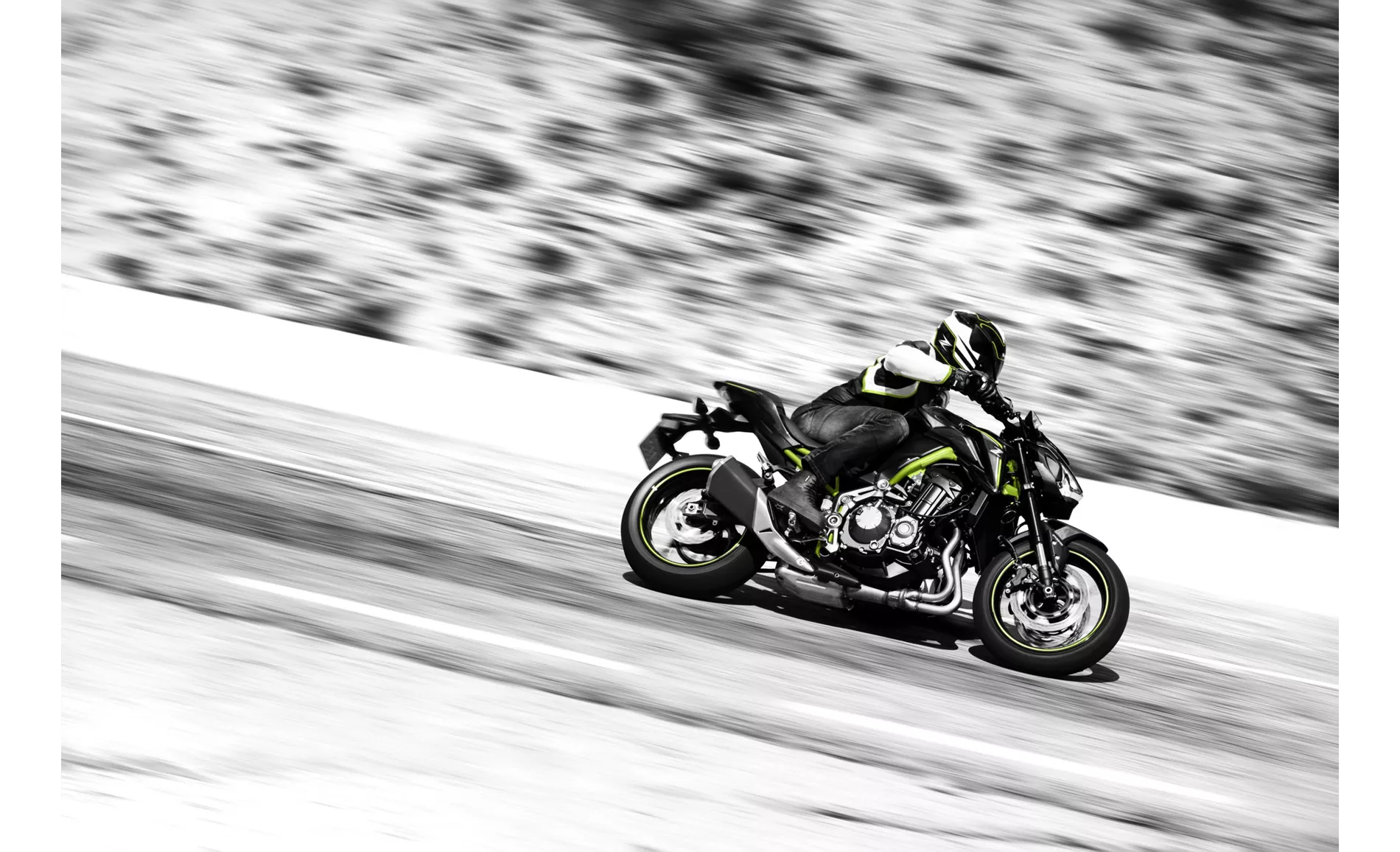
Kawasaki Z900 2018
In terms of strengths, the Suzuki SV 650 2016 is praised for its agile and powerful engine, typical V-twin sound, comfortable and low seating position, easy handling, comfortable chassis, and brakes with good control. On the other hand, the Kawasaki Z900 2018 is praised for its powerful and smooth engine, excellent sound, stylish and sporty appearance, low seating position, and easy handling and maneuverability.
In terms of weaknesses, the Suzuki SV 650 2016 has a digital tachometer that is not very legible. The Kawasaki Z900 2018 lacks traction control, and the knee angle can be tiring for taller riders in the long run.
Overall, both the Suzuki SV 650 2016 and the Kawasaki Z900 2018 are impressive naked bikes with their own strengths and weaknesses. The choice between the two will ultimately depend on the rider's preferences and priorities.
Technical Specifications Suzuki SV 650 2016 compared to Kawasaki Z900 2018
Pros and Cons in comparison
Pros and Cons in comparison
Suzuki SV 650 2016

A nova SV650 continua o minimalismo visual das duas primeiras gerações da SV650, mas baseia-se tecnicamente na sua antecessora direta, a SFV650 Gladius - duas excelentes jogadas que transformam a muito moderna SV650 num clássico. O design enquadra-se perfeitamente na era de muitas conversões retro, mas no interior também existem truques modernos que facilitam o arranque, especialmente para os principiantes. O motor, por outro lado, também pode convencer os condutores avançados; a sensação típica da V2 é maravilhosa. Não se deve esperar extrema desportividade no chassis e nos travões, mas o preço de pouco menos de 6400 euros (na Alemanha) é uma afirmação que a concorrência terá de engolir.
Kawasaki Z900 2018
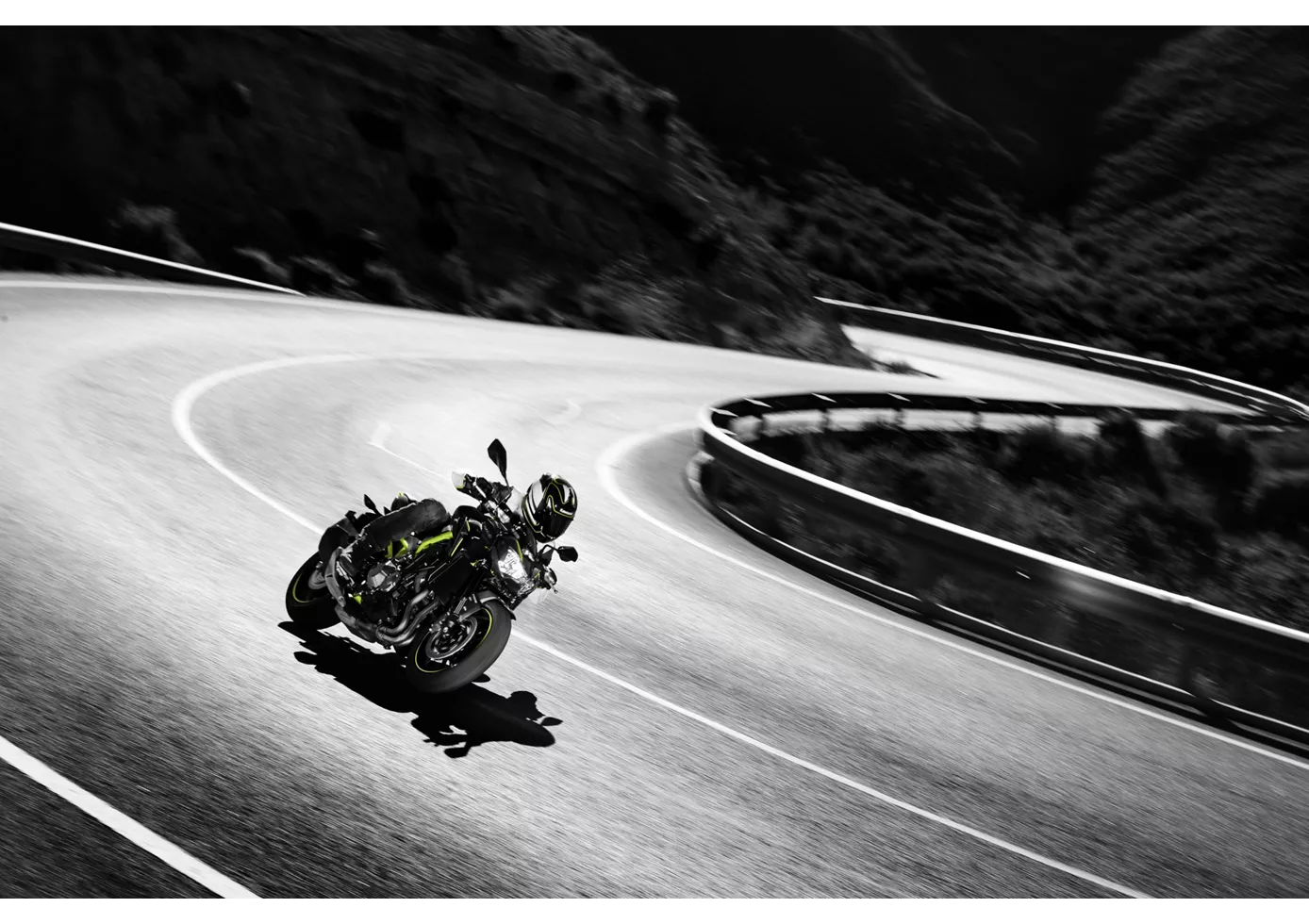
No disputadíssimo segmento das motos naked, a Z900 joga mesmo na frente. Acima de tudo, o seu motor é absolutamente fantástico, funciona de forma incrivelmente sedosa e oferece uma potência rica em todas as rotações - como convém a um quatro cilindros japonês. O seu aspeto desportivo e agressivo corresponde a isto. Não necessita de sinos e assobios electrónicos, mas ainda assim transmite muita confiança quando segue as curvas, trava e acelera. O assento baixo é especialmente benéfico para os condutores mais pequenos, mas os condutores mais altos podem sentir falta de um ângulo de joelho mais plano em longas distâncias. O baixo peso e a compacidade tornam a Z900 particularmente ágil e fácil de manusear. Um canhão desportivo que também é extremamente apelativo em termos de preço
Price Comparison Avarage Market Price Suzuki SV 650 vs Kawasaki Z900
There are a few key differences between a Suzuki SV 650 2016 and a Kawasaki Z900 2018. In terms of price, the actual average price of a Kawasaki Z900 2018 is about 64% higher. A Suzuki SV 650 2016 experiences a loss of 180 EUR in one year and 170 EUR in two years of ownership. This is offset by a loss of 790 EUR and 650 EUR for a Kawasaki Z900 2018. Compared to Kawasaki Z900 2018 there are less Suzuki SV 650 2016 bikes available on the 1000PS.de Marketplace, specifically 11 compared to 55. It takes less time to sell a Suzuki SV 650 with 80 days compared to 112 days for a Kawasaki Z900. Since model year 2005 1000PS.de editors have written 25 reviews for the Suzuki SV 650 and 46 reviews for the Kawasaki Z900 since model year 2017. The first review for the Suzuki SV 650 was published on 26/09/2008 and now has more than 14 200 views. This compares to more than 93 200 views for the first review on Kawasaki Z900 published on 11/11/2016.

